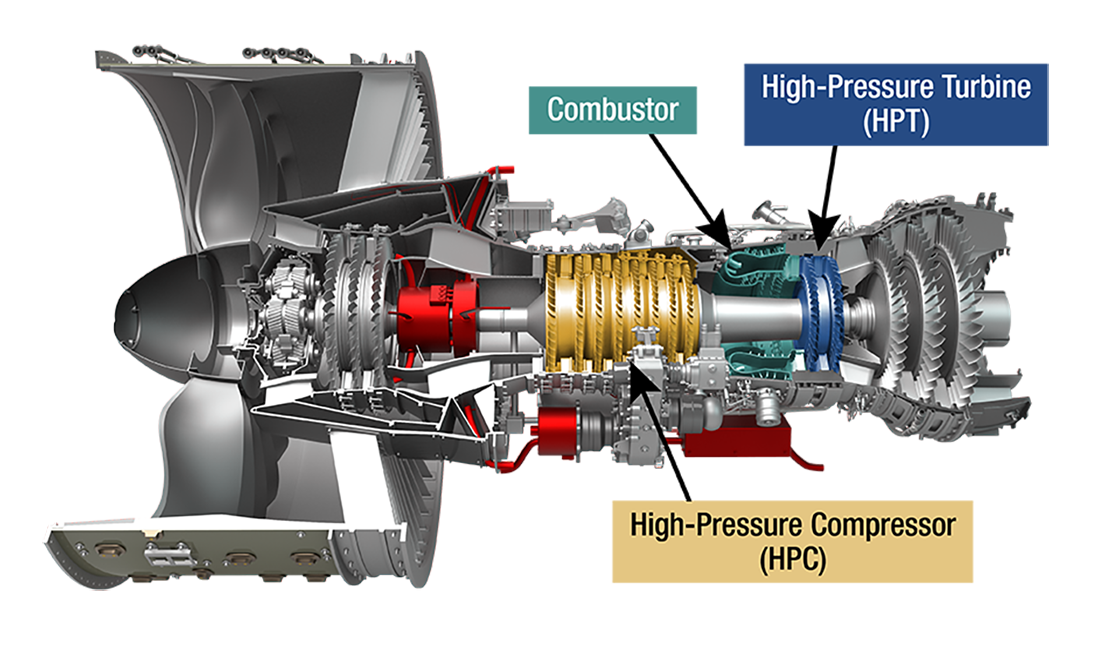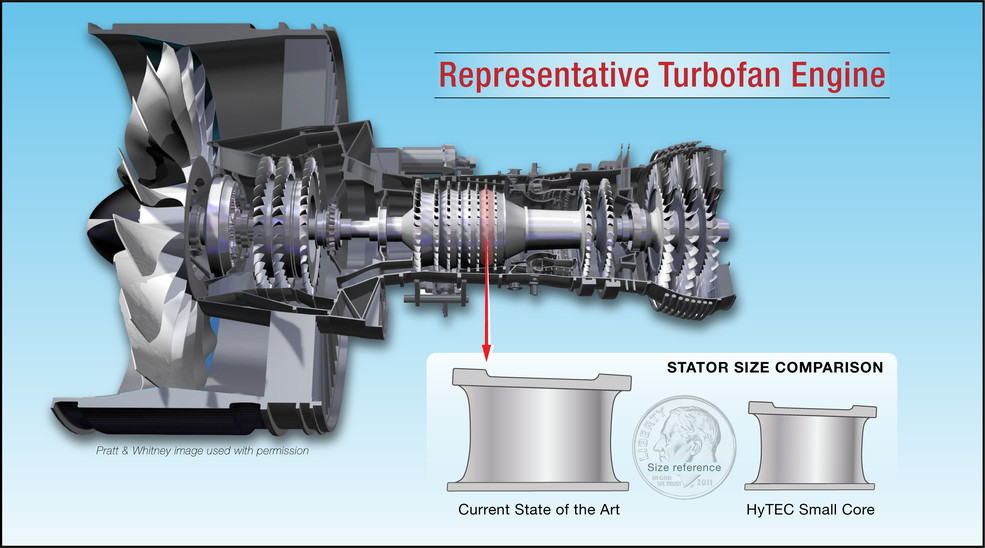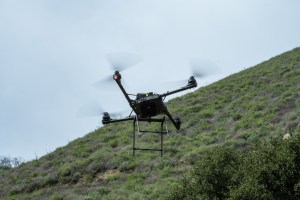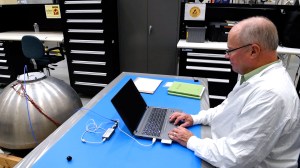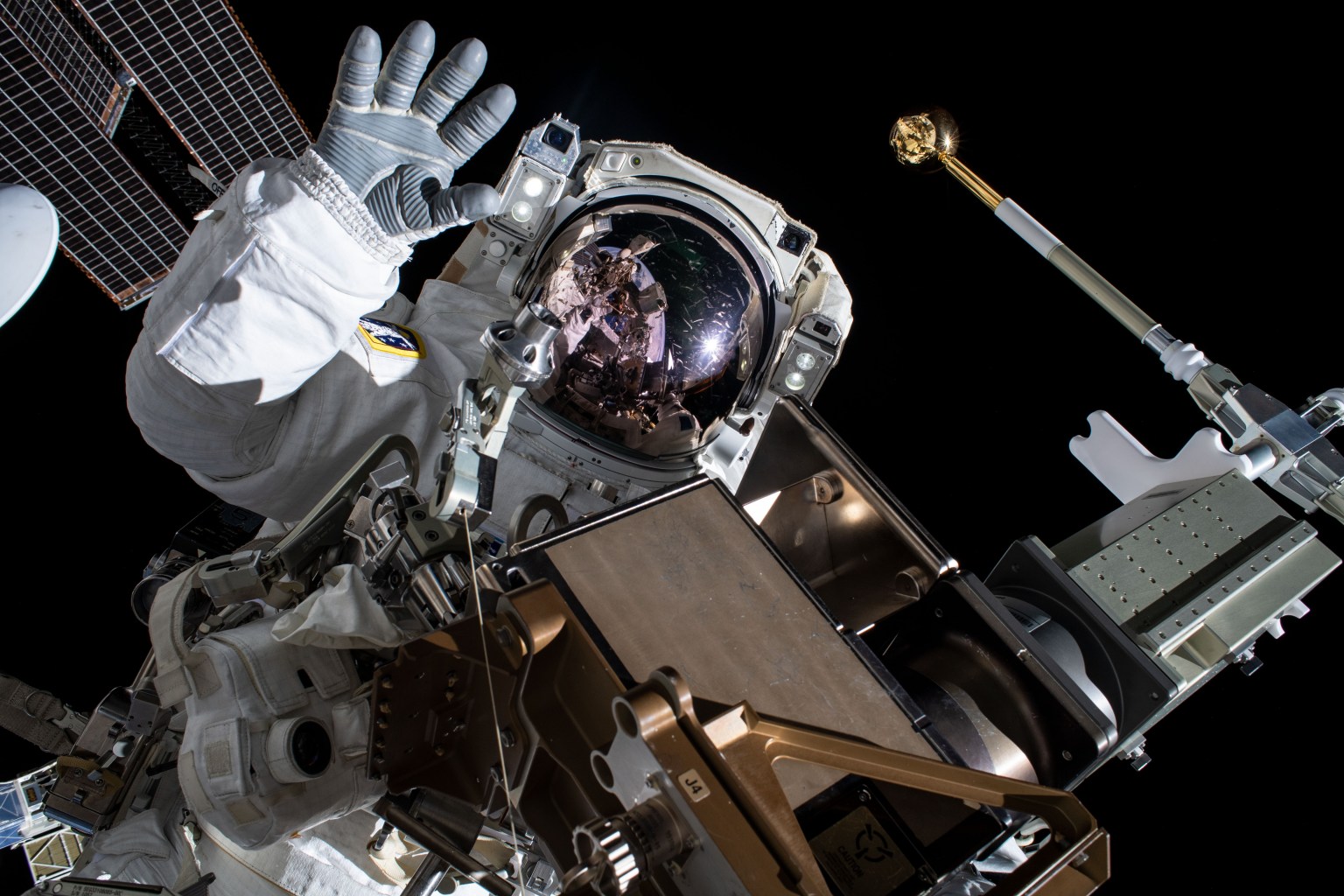What if we told you we could reimagine the way a jet engine works to generate the same amount of power using less fuel?
Our aeronautical innovators are designing a new jet engine that, compared to current engines, will produce the same thrust and even look the same on the outside, but is more fuel-efficient.
HyTEC, or Hybrid Thermally Efficient Core, is a NASA project kicked off in June 2021 seeking to make the aviation industry more sustainable by developing a small core for a turbofan jet engine that increases fuel efficiency.
The project also includes work on hybridization – developing methods to pull more electrical power from this engine to power other systems aboard the aircraft, which could increase fuel efficiency in much the same way a hybrid car does.
Once these green technologies are demonstrated and proven, HyTEC’s goal is to have them readily available for adoption by the aviation industry in the next decade.
“What we’re trying to do at NASA is push more next-generation sustainable propulsion technologies into jet engines using our unique expertise and funding,” said Anthony Nerone, who leads the HyTEC project from NASA’s Glenn Research Center in Cleveland. “With the small-core engine in specific, we are targeting a 5-10% fuel burn reduction.”
Jet Engines 101
To best explain what HyTEC is doing to make turbofan jet engines more efficient, a quick refresher on how they work may come in handy.
Spinning in the very front of the engine is the fan, which continually draws a large amount of air into the engine. The fan generates the bulk of the thrust that moves the airplane forward.
Some of the air gathered by the fan, however, flows backward into its power source – the engine core. This characteristic defines a turbofan engine.
The first stop in the core is a component called the compressor. The compressor is made up of many small spinning blades. It squeezes the air – similar to how you can squeeze the air inside an empty water bottle. This builds up air pressure in the engine’s core.
The compressed air is fed into the combustor, also known as the combustion chamber. Here, fuel is added to the compressed air and ignited, creating hot, high-speed air.
The compressed, heated, and expanded air makes one more stop before exiting the engine. The turbine blade, located near the back of the engine, extracts the energy from the high pressure and temperature air to keep the fan at the front spinning and drawing in more air.
Finally, the air blows out through the nozzle – the tail-end of the jet engine. By rapidly expanding the air in this manner, the engine’s core adds to the fan thrust required to push the airplane forward.
Along the way, power is generated by the spinning components in the engine’s core to charge the electrical components of the aircraft, similar to how your car’s battery is recharged while driving on the interstate.
HyTEC’s High Tech
The key to HyTEC’s work is what’s called a bypass ratio. This is the ratio of how much air the fan pushes out as thrust versus how much enters the engine’s core to power the fan itself.
For example, the GE engines currently used on the Boeing 787 Dreamliner have a bypass ratio of 9. This means that nine times more air bypasses the engine’s core as thrust instead of entering the core.
HyTEC is working on drastically increasing this bypass ratio. The project aims to create an engine with a bypass ratio of 15 by keeping the fan the same size while shrinking the engine’s core within – all while maintaining the same thrust level.
In order to maintain the same level of thrust as a larger core, however, the pressure and temperature of the air that’s pushed into the core increases. This more efficient, smaller core powering an equal-size fan will deliver the same thrust while using less fuel.
Because the materials currently used in engine construction cannot withstand the increased pressure and heat, the project is developing newer, more durable construction materials like ceramic matrix composites and environmental barrier coatings.
These materials must be tested and proven in the lab. Researchers are currently working in the materials laboratories at NASA Glenn and at partner facilities to make sure the potential materials can withstand the heat and pressure and are sufficiently durable.
With a smaller engine core, aspects like design ratios and dimensions or aerodynamics change, causing efficiency penalties. To maintain the performance while shrinking the size, new technology innovations and designs need to be investigated and tested.
Once these components are demonstrated, the HyTEC team will work with industry partners to construct a fully operational small core and run it through its paces. During this phase, they will be examining how much more electrical power can be drawn from the small-core engine, which also increases the engine’s fuel efficiency by making it more of a hybrid engine.
“Right now, the most electrified engine out there is on the Boeing 787 Dreamliner, and those engines give 5% of their power to electricity. We want to jump that up to 10-20%. That’s 2-4 times more electrical power,” said Nerone.
This electrical power can be used in many ways – from powering electrical systems aboard the aircraft to adding hybrid technology to the jet engines themselves, augmenting power during flight.
A New Engine for a New Fleet
Once HyTEC demonstrates a fully operational small core that proves all the technology works together, it’s up to NASA’s industry partners to take the lead.
NASA’s plan is to collaborate with engine companies to make small-core technologies available much sooner than planned, so jet engine manufacturers can have the small core ready in time for use in aviation fleets around the mid-2030s.
By that time, even more sustainable aviation technologies are expected to be entering the market. HyTEC’s piece of the puzzle for the Sustainable Flight National Partnership is developing the small-core engine, but NASA has other goals, as well.
“The new engine cores are designed to save 5-10% in fuel, but combined with other initiatives, can increase this fuel saving even more,” said Nerone.
The amount of work HyTEC is setting out to complete on its schedule is an ambitious goal, but the team is up to the task.
“Ever since we got a team put together and said ‘look, this is what we have to do in this amount of time,’ everybody has stepped up and done their part,” said Nerone. “It’s a testament to NASA people and everyone working on HyTEC. We have the people. We have the talent. We can get this done.”

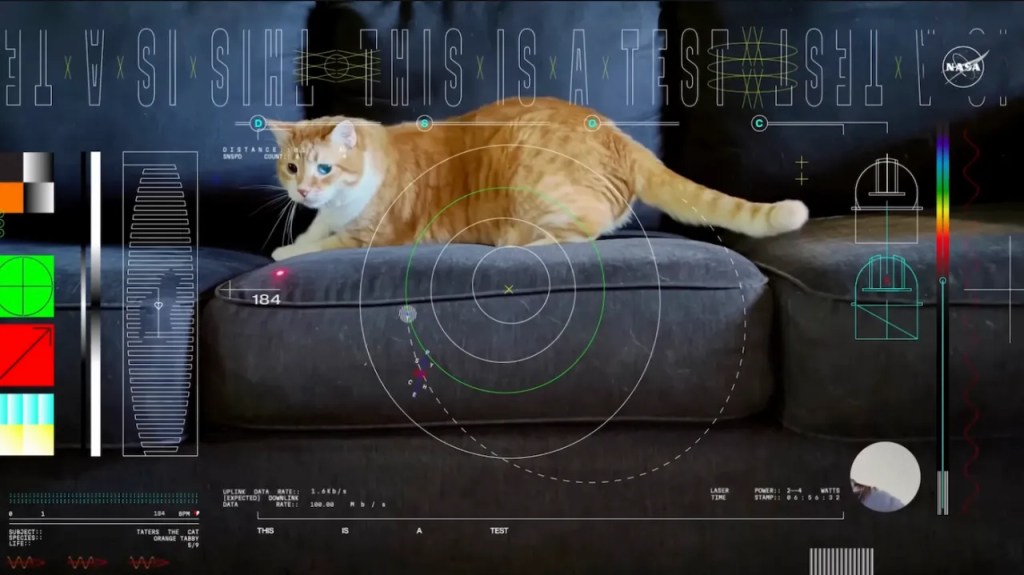

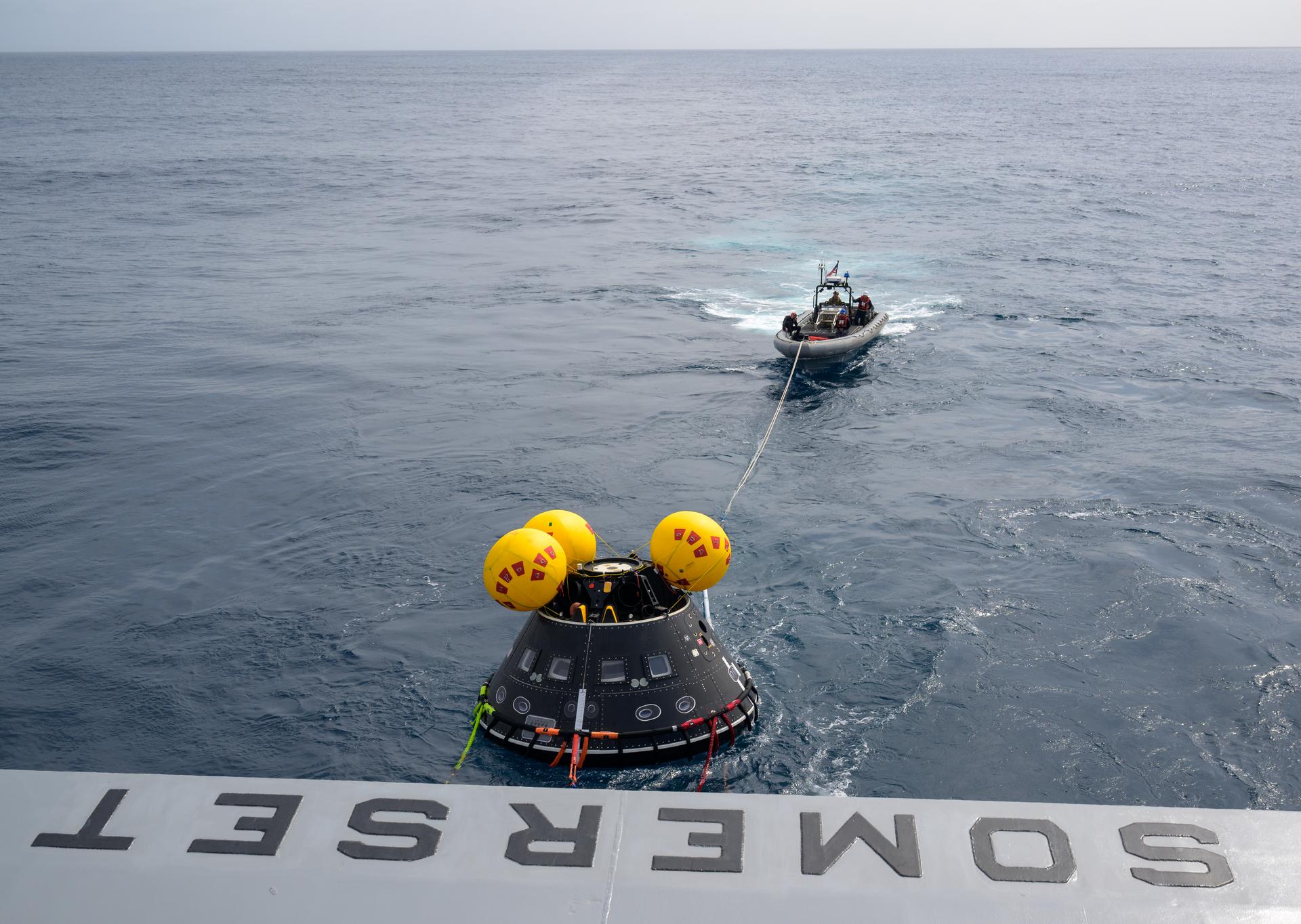



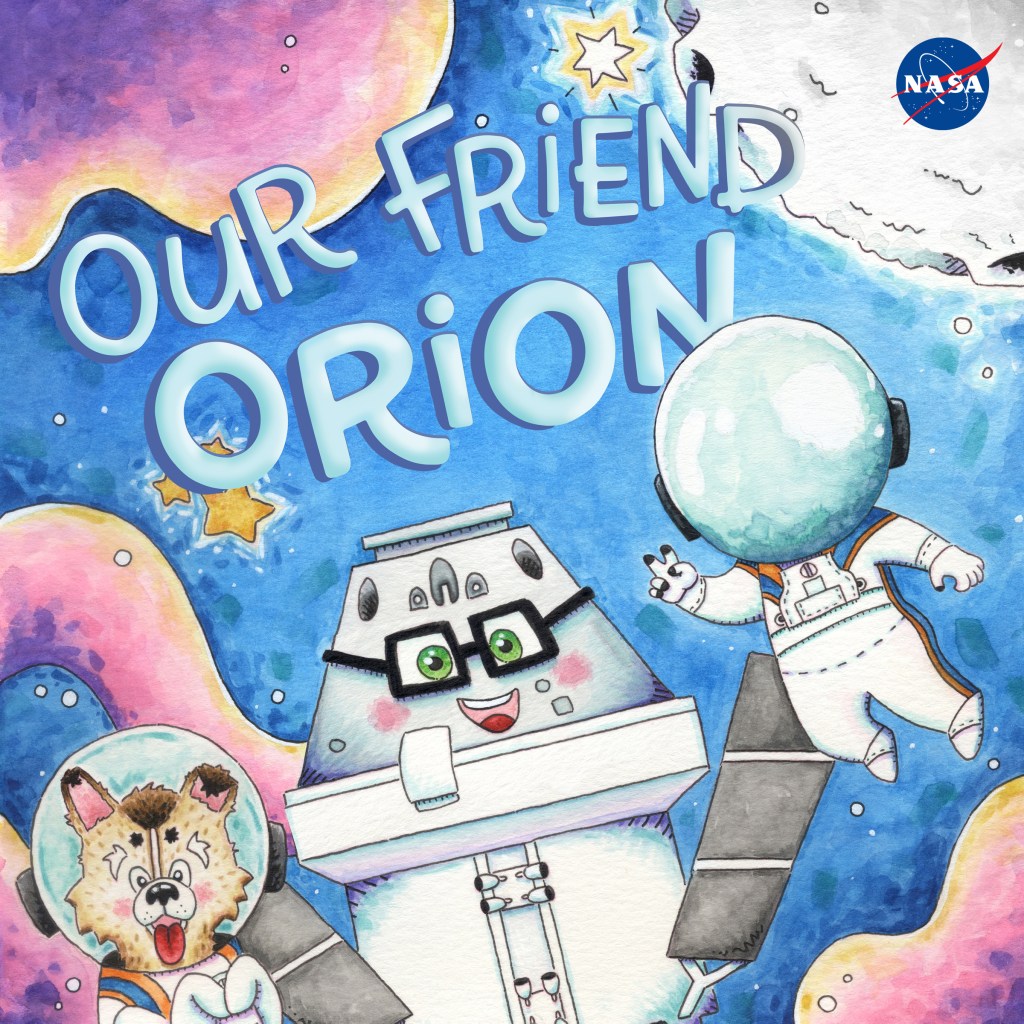







/quantum_physics_bose_einstein_condensate.jpg?w=1024)











